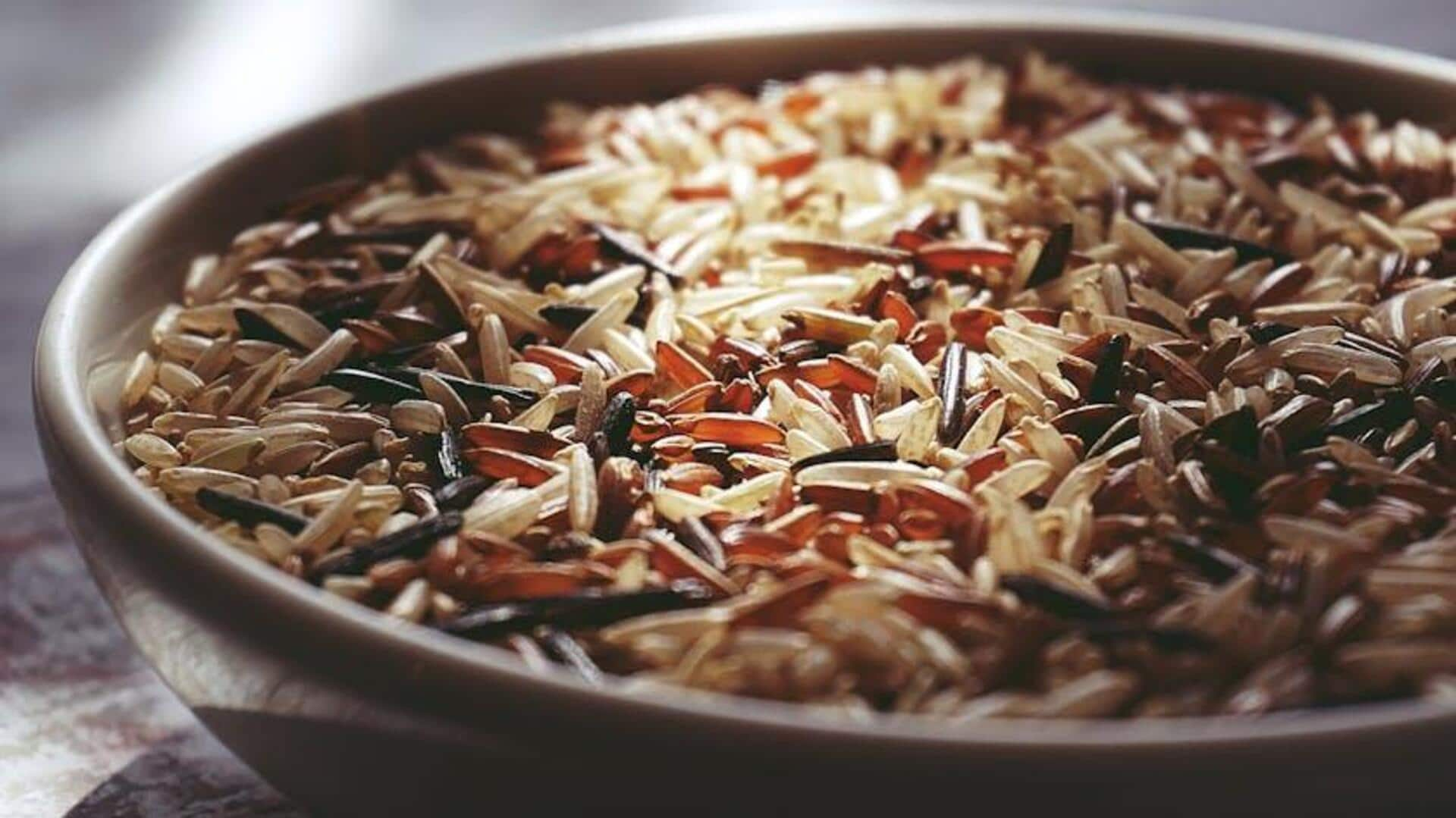
Quinoa v/s oats: Comparing their nutrition
What's the story
Quinoa and oats are two of the most popular grains, both known for their health benefits. While both are packed with nutrients, they differ in their nutritional profiles. Here's a look at the differences between quinoa and oats, and their respective health benefits. Knowing these differences can help you make informed dietary choices depending on your nutritional needs and preferences.
#1
Protein content comparison
Quinoa is often praised for its high protein content when compared to other grains. It has all nine essential amino acids, making it a complete protein source. Oats, on the other hand, also provide a good amount of protein but lack some essential amino acids. If you're looking for a plant-based protein source that offers complete amino acid profiles, quinoa might be the better option.
#2
Fiber levels in grains
Both quinoa and oats are high in fiber, which is essential for digestive health and keeping cholesterol levels in check. Oats are particularly famous for their high beta-glucan fiber content, which is good for heart health. Quinoa also has fiber but in lesser amounts than oats. If you want to up your fiber intake for digestive health or heart health, oats may be the better option.
#3
Micronutrient differences
Quinoa is rich in magnesium, iron, and zinc—micronutrients that are important for energy production and immune function. Oats also provide these micronutrients but are particularly high in manganese and phosphorus. Depending on which micronutrients you want to add to your diet, you can choose between these two grains.
#4
Glycemic index insights
The glycemic index (GI) is a measure of how quickly foods raise blood sugar levels after consumption. Quinoa has a lower GI than oats, which means it causes a slower rise in blood sugar levels post-meal consumption. This makes quinoa a good choice for those looking to manage blood sugar levels or those with diabetes concerns.
Tip 1
Culinary versatility of grains
Quinoa's nutty flavor makes it an excellent base for salads or as a side dish, while its texture works well in soups or stews. Oats, on the other hand, are most commonly eaten as breakfast porridge but can also be used in baking cookies or muffins. All thanks to their binding properties when mixed with liquids like milk or water.